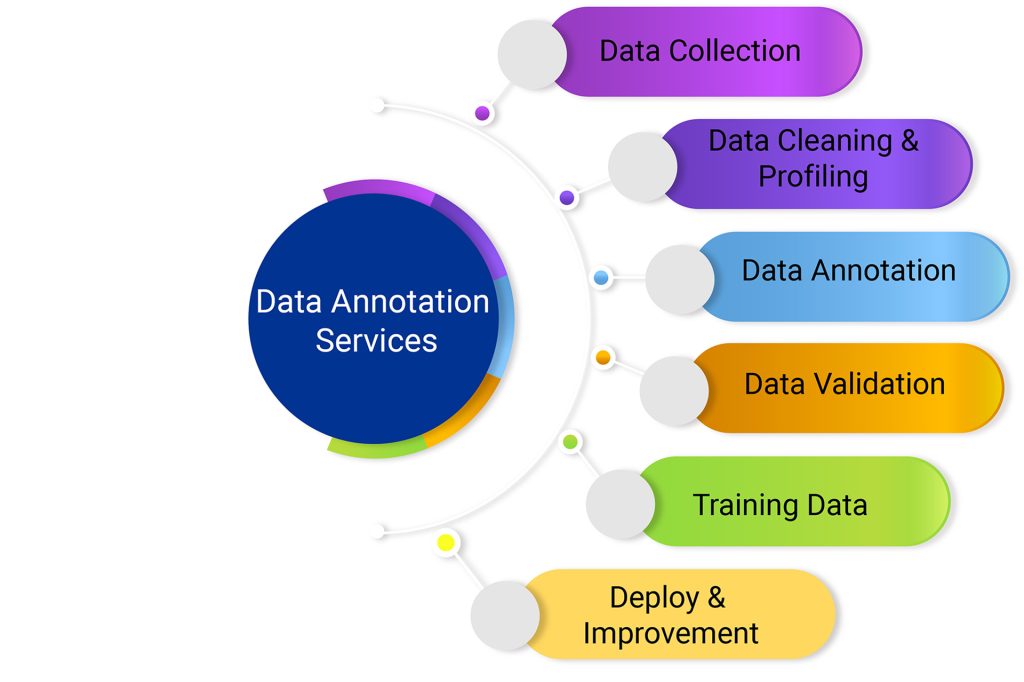1. Understanding Medical Data
Medical data refers to the information collected from patients, healthcare providers, medical research, and various other sources within the healthcare system. This data can include a wide range of details such as patient histories, diagnostic results, treatment plans, and even genomic information. The digitalization of medical records, such as Electronic Health Records (EHRs), has become a critical component in modern healthcare. The way this data is organized, accessed, and shared has transformed how healthcare professionals provide treatment, enabling more efficient, accurate, and personalized care.
2. Types of Medical Data
Medical data can be categorized into various types, each serving different functions in the healthcare ecosystem. Patient-specific data includes personal health histories, medications, allergies, lab results, and imaging records. Clinical data is generated from medical tests and procedures, often used for diagnosing conditions. Administrative data encompasses scheduling, billing, and insurance details, which play an important role in the management of healthcare facilities. Furthermore, research data, such as clinical trials and genetic studies, is also critical in the development of new treatments and medical innovations. These diverse forms of data all contribute to improving healthcare delivery and patient outcomes.
3. The Role of Medical Data in Patient Care
In patient care, medical data serves as the backbone for diagnosing, treating, and monitoring patients. Healthcare professionals rely on accurate data to make informed decisions about a patient’s treatment plan. For example, a doctor may use lab results, imaging scans, and medical histories to determine the most appropriate course of action. Moreover, having access to comprehensive data allows doctors to track a patient’s progress over time, adjusting treatments as needed for better outcomes. This enables a personalized approach to care, where each patient’s unique needs are addressed with precision.
4. Medical Data Security and Privacy
With the increasing reliance on digital medical data, ensuring its security and privacy has become a top priority. Healthcare organizations are tasked with safeguarding sensitive patient information from unauthorized access, cyberattacks, and breaches. Various regulations, such as HIPAA (Health Insurance Portability and Accountability Act) in the U.S., are in place to protect patient data and ensure compliance with privacy standards. Medical data security is not only about preventing breaches but also ensuring that healthcare providers are able to securely share and access information across different systems without compromising patient confidentiality.
5. The Future of Medical Data in Healthcare
As technology continues to evolve, the future of medical data holds significant promise for further advancements in healthcare. The integration of artificial intelligence (AI) and machine learning (ML) algorithms with medical data can lead to more accurate diagnoses, predictive analytics for disease prevention, and more efficient healthcare delivery. Additionally, the growth of wearable health devices is providing real-time data that can be integrated into patient care. With continued advancements in medical data management and usage, the potential for improved patient care, reduced costs, and better healthcare outcomes is vast, making medical data a critical asset in the healthcare industry.


